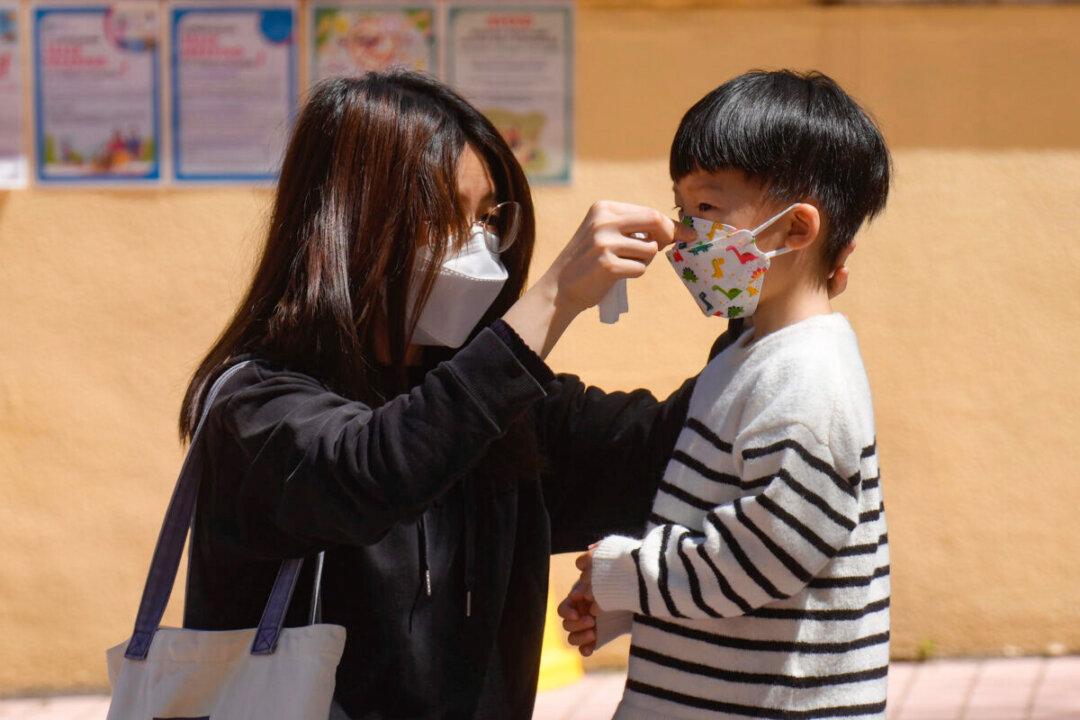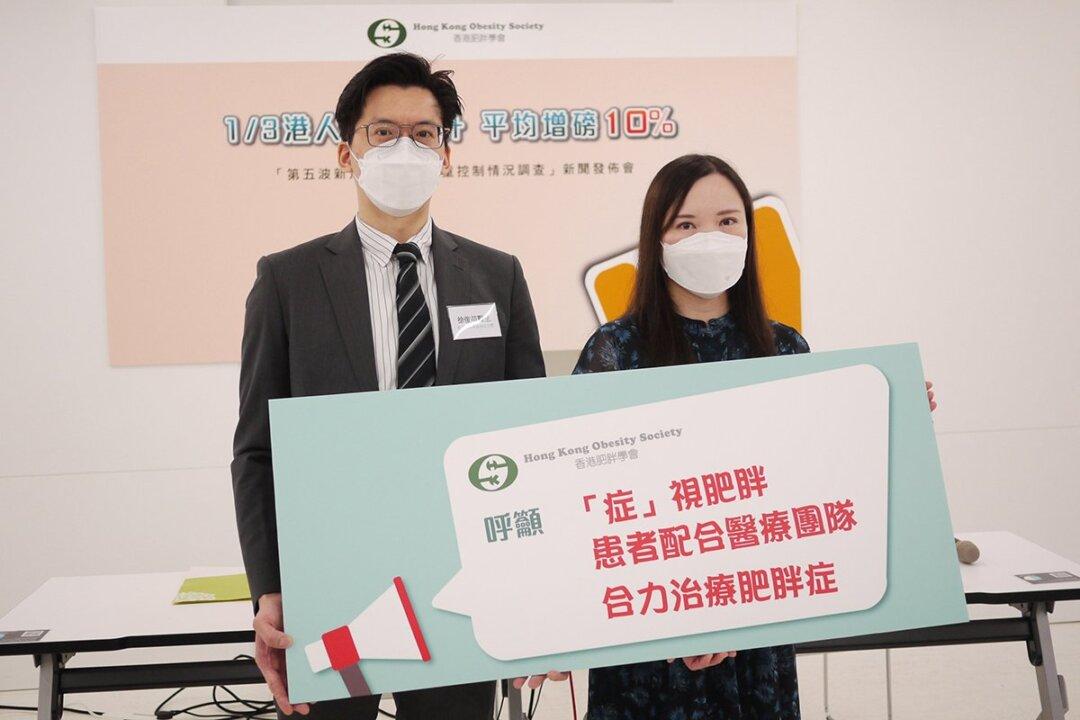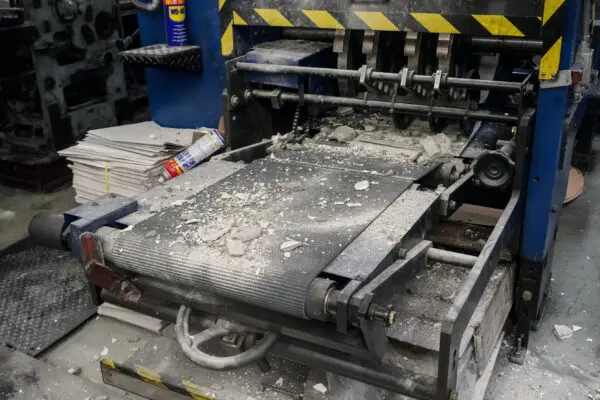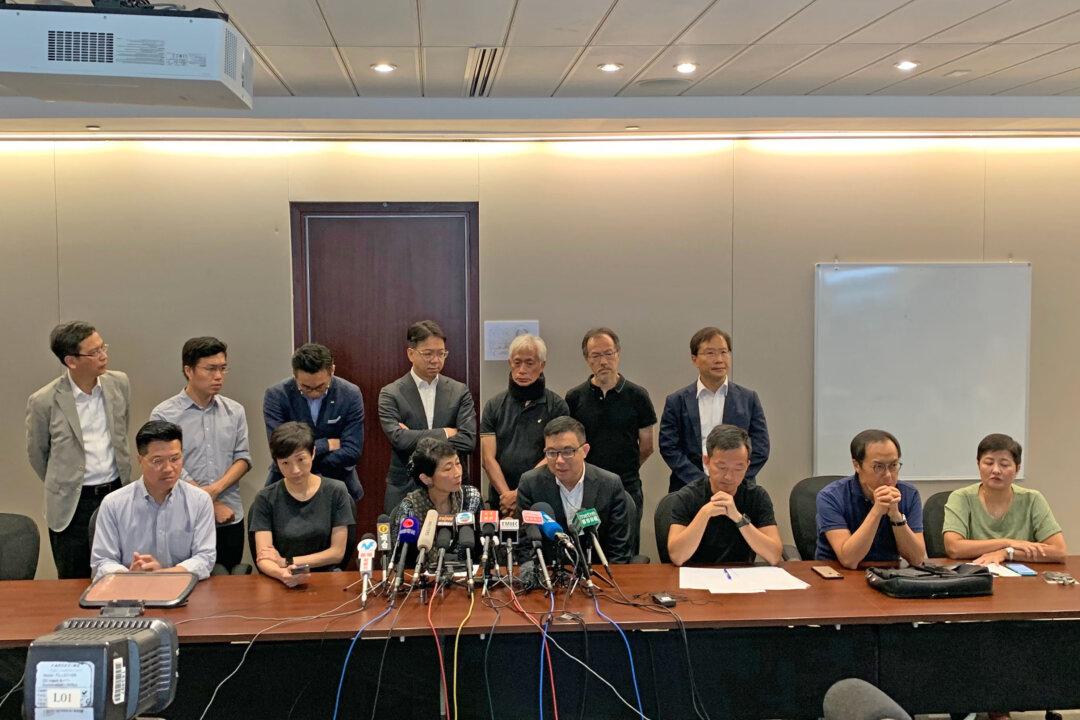In a University of Hong Kong team research project, it was found that children at or under the age of 11, who are infected with Omicron BA.2 subtype new mutant virus strain, their mortality rate is higher than those suffering from influenza or parainfluenza. It also indicates there might be signs of complications in the upper respiratory tract and nervous systems, such as laryngotracheobronchitis, which is also called croup, or an acute necrotizing encephalitis, which is far more severe than losing the sense of taste and smell during the second wave of the pandemic.
Kwan Yat-wah, Clinical Honorary Associate Professor at the Pediatric and Adolescent Department at the University of Hong Kong, pointed out that there has been an increased number of infected children admitted to the hospital recently. Kawn urged family members to seek professional help at the hospital immediately without delay or hesitation if they observe any sign of symptoms in their children.





